Journeys into Darkness
Studies in Supernatural Literature
Series Editor: S. T. Joshi
Titles in the Series
Lovecraft and Influence: His Predecessors and Successors , edited by Robert H. Waugh, 2013
Lord Dunsany, H. P. Lovecraft, and Ray Bradbury: Spectral Journeys , by William F. Touponce, 2013
Critical Essays on Lord Dunsany , edited by S. T. Joshi, 2013
Ramsey Campbell: Critical Essays on the Modern Master of Horror , edited by Gary William Crawford, 2014
Lord Dunsany: A Comprehensive Bibliography, Second Edition , by S. T. Joshi and Darrell Schweitzer, 2014
Journeys into Darkness: Critical Essays on Gothic Horror , by James Goho, 2014
Journeys into Darkness
Critical Essays on Gothic Horror
James Goho
ROWMAN & LITTLEFIELD
Lanham Boulder New York Toronto Plymouth, UK
Published by Rowman & Littlefield 4501 Forbes Boulevard, Suite 200, Lanham, Maryland 20706 www.rowman.com 10 Thornbury Road, Plymouth PL6 7PP, United Kingdom Copyright 2014 by Rowman & Littlefield All rights reserved. No part of this book may be reproduced in any form or by any electronic or mechanical means, including information storage and retrieval systems, without written permission from the publisher, except by a reviewer who may quote passages in a review. British Library Cataloguing in Publication Information Available Library of Congress Cataloging-in-Publication Data Goho, James, 1946- author. Journeys into darkness : critical essays on gothic horror / James Goho. pages cm. -- (Studies in Supernatural Literature) Includes bibliographical references and index. ISBN 978-1-4422-3145-0 (cloth : alk. paper) -- ISBN 978-1-4422-3146-7 (electronic) 1. Horror tales, American--History and criticism. 2. Horror tales, English--History and criticism. 3. Gothic fiction (Literary genre), American--History and criticism. 4. Gothic fiction (Literary genre), English--History and criticism. I. Title. PS374.H67G64 2014 813'.0873809--dc23 2013043655

TM The paper used in this publication meets the minimum requirements of American National Standard for Information Sciences Permanence of Paper for Printed Library Materials, ANSI/NISO Z39.48-1992. Printed in the United States of America
For Pam
Who ever lovd, that lovd not at first sight?
Christopher Marlowe, Hero and Leander , 176
Acknowledgments
I want to thank the people who generously gave their time or counsel on this book. S. T. Joshi encouraged me to prepare the manuscript. He is a continuing source of wisdom on Gothic matters. I cannot say thanks enough to him. Several of the chapters in this book are revised from articles published in journals edited by Mr. Joshi. I also want to thank Jason V. Brock for his kind comments on and publishing of one of the essays. Thanks also to Jared Waters, of the wonderful Centipede Press, for publishing two of the essays. And thanks to Derrek Hussey of Hippocampus Press for publishing my essays on H. P. Lovecraft. The Winnipeg Millennium Library was instrumental in obtaining copies of difficult-to-access references through interlibrary loans. Jill Pascoe and Shaun Goho read the manuscript and provided valuable suggestions. Special thanks to both for their contributions. It is a much better book due to their help. Any errors or flaws in the book are mine alone. Of course, the real source of any inspiration there may be in this book is the Gothic authors; they are the creative source. And deepest thanks to Pam, who is always magical, for her countless hours helping on this book.
The publishing history of the original essays follows:
The Haunted Wood: Algernon Blackwoods Canadian Stories. Weird Fiction Review no. 4 (2013).
The Outsider: A Sequel to The Fall of the House of Usher? Nameless Digest 1, no. 1 (2012): 99115.
Suffering and Evil in the Short Fiction of Arthur Machen. Weird Fiction Review no. 3 (2013): 5784.
The Aboriginal in the Works of H. P. Lovecraft. Lovecraft Annual no. 6 (2012): 5475.
What Is the Unnamable? H. P. Lovecraft and the Problem of Evil. Lovecraft Annual no. 3 (2009): 1052.
The Sickness unto Death in H. P. Lovecrafts The Hound. Lovecraft Annual no. 2 (2008): 88103.
Introduction
Literature tells the stories of a people, but Gothic literature tells the hidden stories of a people. Hidden because they tell darkly of dark things. They look underneath beds, go into attics, wander through graveyards, and go deep down into cellars and caves. There is darkness in Gothic tales, the darkness of a forest, or a city, or in our houses, and in our heads. We are all afraid of the dark. The Gothic tells what terrifies people.
This book explores Gothic horror through the lenses of recognized masters in that literary genre. Charles Brockden Brown is the earliest American Gothic writer. His novels carved out a unique American Gothic and his themes and images are still found in recent horror fiction and film. There is something startlingly new in Brown; he unearths lasting American Gothic archetypes: the dark forest, a city ravaged by disease, the indigenous peoples as Gothic monsters, and the violence found in ordinary home settings. Edgar Allan Poe is the foremost Gothic short story artist. His stories repeatedly broke new ground and initiated new narrative readings. In this book, Poes The Fall of the House of Usher, the greatest of all haunted house stories, is hypothesized to be the precursor of one of H. P. Lovecrafts signature stories, The Outsider. It seems that horror does breed its own offspring. Lovecraft is the twentieth centurys Gothic master. He is the inspiration for so many horror writers. This book studies Lovecrafts The Hound in depth from the perspective of Sren Kierkegaards The Sickness unto Death . As well, Lovecrafts use of the image of the aboriginal is traced across his fiction to reveal the centrality of it in his body of work. A third chapter on Lovecraft focuses on his keystone story, The Unnamable. It is a fictionalized treatise on the art of horror narrative. But more so, it contains clues to guide us deep into the caverns of Lovecrafts ruminations on the problem of evil. In the Arthur Machen chapter, suffering and evil is the guiding principle in my review of four of his greatest stories, written in the 1890s. The stories reveal the darkness shrouding the fin de sicle of the nineteenth century in England.
The forest is a dark place, but one also of solace for Algernon Blackwood. Here his Canadian stories are surveyed to understand their influence on his fiction writing and how the wood can be seen as both dangerous and full of awe. Many of Ambrose Bierces stories take place in a forest. His American Civil War stories often show armies and individuals in woods, separated by an open field. Bierce is a keystone author within the Gothic horror tradition and a master of the short story form. He is the foremost writer about war and its effects on individuals. But he writes of the agony of individuals in crisis and chaos both in war and in peace.
The original Gothic arose as a sort of scream against the ruling order. It was a critique of a decadent society, reigned over by despotic royals, and lorded over by a hypocritical clergy. The prisons and hideous tortures of the Inquisition were real; the ravine between the rich and poor was unbridgeable. The traditional European Gothic can be thought of as an expression of rebellion against perverse power. It illuminated a decadent social edifice for what it really was: violent in enforcing a rigid social order, and oppressive against the poor, women, and outsiders. And more, there is a deep dread in the Gothic, a terror in the soul, as Poe would say, of an ultimate void. No name can be given to real dread. Great Gothic gives readers an experience of an unexplainable dread.
Next page
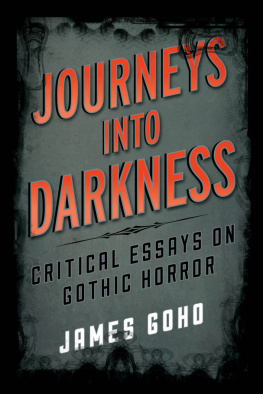



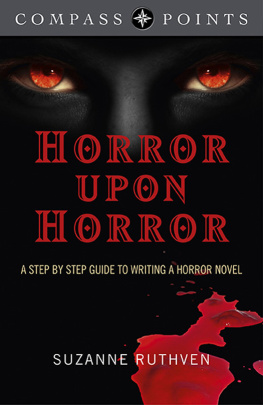

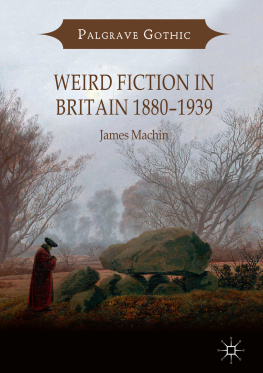
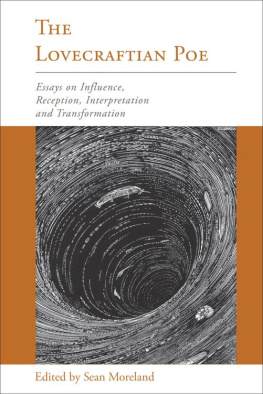
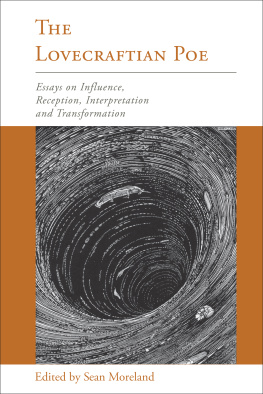
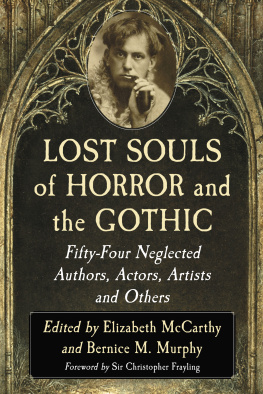

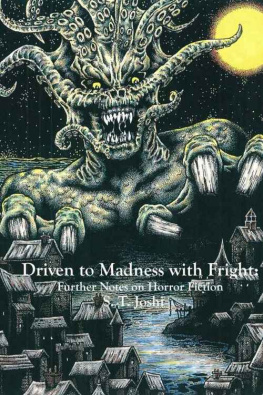
 TM The paper used in this publication meets the minimum requirements of American National Standard for Information Sciences Permanence of Paper for Printed Library Materials, ANSI/NISO Z39.48-1992. Printed in the United States of America
TM The paper used in this publication meets the minimum requirements of American National Standard for Information Sciences Permanence of Paper for Printed Library Materials, ANSI/NISO Z39.48-1992. Printed in the United States of America